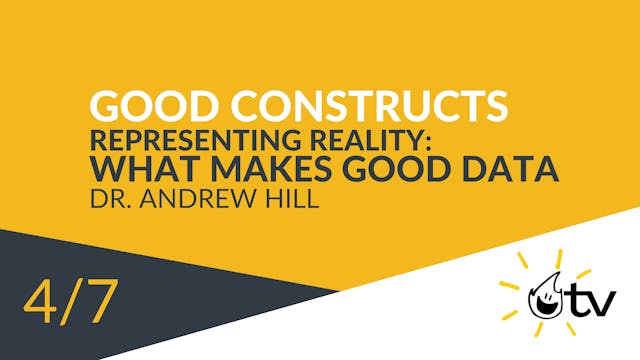Sample vs. Population
Representing Reality: What Makes Good Data
•
4m 15s
What's a sample, and why should I care? Knowing whether your data is from a sample or a population helps you understand what questions to ask. Data from samples is easier to get, but it's also potentially biased. So with samples you want to know whether the sampling methods were good--meaning that they would not bias your data. When you get data from the population, every member or part of the relevant group or category is included in your data. This is thorough, but it's also hard to do. Most of the time, we deal with samples, meaning we pull data from just a part of the population. This makes data easier to obtain, but it can create its own set of challenges because data drawn from a sample may be biased if the sample is not random.
Up Next in Representing Reality: What Makes Good Data
-
Good Constructs
Choosing a good data construct is the most important part of getting good data. The construct is the thing we choose to measure. Hopefully, a construct is a good match for the thing we want to know. But sometimes it isn't. What makes a good construct?
-
Accuracy
What's the difference between accuracy and precision? They are not the same, and the difference is important. "Accurate" data gives an impression that closely matches the real thing it is measuring. "Precise" data is measured in a way that gives highly specific measures. For example, if you measu...
-
Representativeness
How well does your data match the reality of the the thing you're trying to measure? "Representative" data can be incredibly powerful, because it means your sample is a good match to the reality you are trying to understand. That allows you to analyze the data with a lot more confidence. Ask ques...



